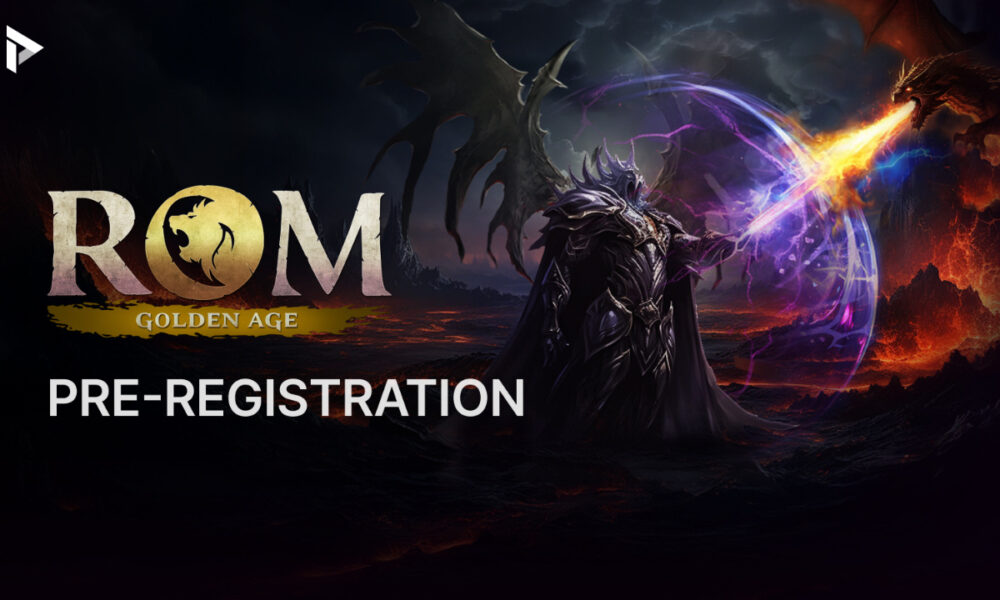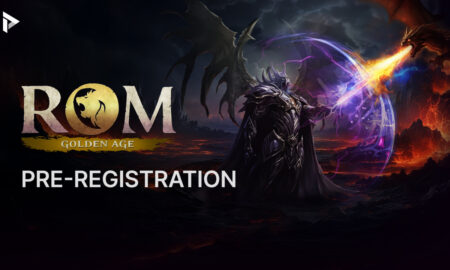In the ever-changing landscape of modern media, it’s crucial to take a step back and trace the fascinating journey of advanced media technology over the years. From humble beginnings to the sophisticated digital age we find ourselves in today, the evolution of media technology has been a remarkable journey filled with innovation, challenges, and game-changing breakthroughs. This historical perspective sheds light on the transformative power of media technology, shaping the way we consume, create, and share information.
Introduction
Early Beginnings: The Birth of Printing Press
The story of advanced media technology begins with the invention of the printing press by Johannes Gutenberg in the 15th century. This monumental invention marked a significant turning point in the history of media. For the first time, it allowed for the mass production of written material, making books, newspapers, and other written content more accessible to the general public.
Gutenberg’s press used movable type, which allowed for the efficient printing of text and images. This innovation democratized access to information, enabling the spread of knowledge and ideas like never before. The printing press was a precursor to modern media, setting the stage for the future developments that would revolutionize the way we communicate.
The Telegraph and the Birth of Instant Communication
The 19th century witnessed another major milestone in media technology with the invention of the telegraph. Samuel Morse’s development of the Morse code and the construction of telegraph lines enabled long-distance communication at unprecedented speeds. This not only transformed the way news and information were disseminated but also played a crucial role in connecting distant parts of the world.
The telegraph revolutionized journalism by enabling rapid transmission of news. It paved the way for the birth of wire services, such as the Associated Press, which collected and distributed news stories to newspapers and other media outlets. This allowed for timely reporting on events happening around the world, shaping the way we received and shared news.
The Birth of Radio and Television
The 20th century brought two more groundbreaking advancements in media technology: radio and television. Radio, with pioneers like Guglielmo Marconi, allowed for the broadcasting of audio content over long distances. People could now tune in to listen to news, entertainment, and music, bringing a sense of immediacy to their lives.
Television, on the other hand, added a visual dimension to media. The likes of Philo Farnsworth and John Logie Baird made it possible to transmit moving images and audio. This invention not only revolutionized how we consumed information but also created an entirely new form of entertainment. The 1960s, in particular, saw the television medium evolve significantly, with live broadcasts of major historical events like the moon landing.
The Rise of the Internet
Perhaps the most transformative development in the history of advanced media technology has been the rise of the internet. The internet, a network of interconnected computers, has completely changed the way we create, share, and consume media. Its origins can be traced back to the 1960s when the U.S. Department of Defense developed ARPANET, a precursor to the modern internet.
With the advent of the World Wide Web in the 1990s, the internet exploded in popularity. It became a global platform for communication, commerce, and information exchange. Email, websites, and online forums allowed people to connect and share ideas across vast distances. This was a game-changer, as it empowered individuals to become content creators and publishers, democratizing media in unprecedented ways.
The Digital Revolution
As we entered the 21st century, the digital revolution took media technology to new heights. The transition from analog to digital formats transformed how media was produced and consumed. From music and photography to film and television, digital technology allowed for higher quality, more flexible content creation.
The rise of smartphones and mobile devices further accelerated the shift towards digital media. These devices became personal, portable media hubs, giving individuals the power to access information, communicate, and create content on the go. Mobile apps, social media platforms, and streaming services reshaped how we interact with media, offering personalized and interactive experiences.
The Influence of Social Media
The mid-2000s marked the rise of social media platforms like Facebook, Twitter, and YouTube. These platforms allowed users to share their thoughts, experiences, and content with a global audience. Social media not only changed the way we connect with friends and family but also influenced how news and information were disseminated.
The concept of citizen journalism emerged as ordinary people could capture and share news events in real-time. Social media also became a powerful tool for businesses and influencers to reach their target audience. It fundamentally transformed marketing and advertising, making it more personalized and interactive.
The Current Landscape: AI, Virtual Reality, and Beyond
Today, we stand at the precipice of a new era in advanced media technology. Artificial intelligence (AI) is playing an increasingly significant role in content creation, recommendation algorithms, and data analysis. AI-powered chatbots and virtual assistants are changing how we interact with media, providing personalized experiences and answering our questions in real-time.
Virtual reality (VR) and augmented reality (AR) are also reshaping media consumption. These technologies offer immersive experiences that can transport users to virtual worlds or enhance their understanding of real-world events. From gaming to education, VR and AR hold vast potential for revolutionizing how we learn and entertain ourselves.
Challenges and Ethical Concerns
While the evolution of advanced media technology has brought about remarkable advancements, it has not been without challenges and ethical concerns. Issues such as online privacy, misinformation, and the potential for technology to be used for nefarious purposes have arisen. Society must grapple with these challenges as we move forward in the digital age.
The Future of Media Technology
Looking to the future, advanced media tech’s potential seems limitless, driven by AI, VR, and emerging tech. Ethical awareness is vital as we shape media’s impact responsibly.
Conclusion:
In conclusion, media tech’s evolution showcases human innovation, expanding horizons from the printing press to the internet. We must use these advancements for the greater good, fostering enlightenment, connection, and progress in our changing world.



































